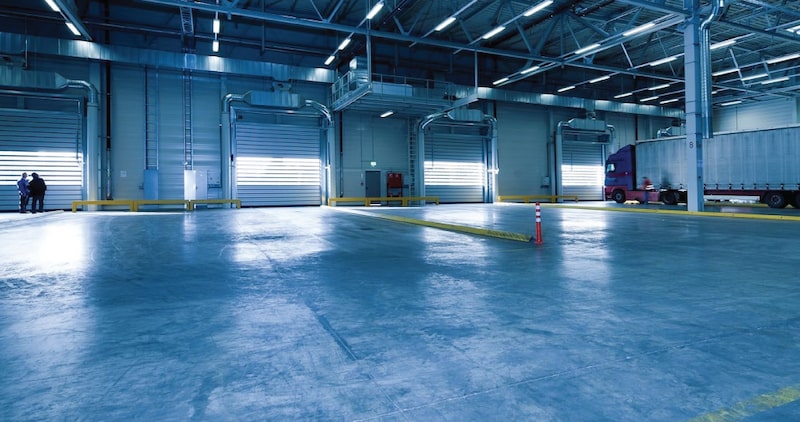10th May 2021
A. Why private investors are interested in investing in industrial and warehousing assets?
Industrial and Warehousing sector has achieved new benchmarks in terms of demand, supply and investments owing to:
Further, post outbreak of COVID-19, investors are more inclined to invest in industrial and warehousing assets compared to commercial assets. This shift is on account of expected high demand, occupancy stability, attractive rental yield, and appreciation in long-term.
B. What are the Challenges faced by investors?
Despite high demand from investors in this segment, fewer transactions are concluding owing to wide gap between seller’s and buyer’s expectations. Investors are looking for following attributes in investment opportunities:
Knowing the deal supply is low, investors are unlikely to get many options fulfilling all or most of the above listed criteria in ready assets. Therefore, private investors may need to moderate their expectations for few parameters if they would like to participate in this sector.
Institutional investor backed by warehousing developers achieve 10% rental yield on cost basis. They acquire land, develop, and lease it. They are owned by fund houses that are evaluating an exit via REIT Listing at 8% or so at appropriate period (long-term/ 3 to 5 years from now).
C. How private investors can participate in industrial and warehousing assets?
Knowing quality supply is limited, private investors need to invest in greenfield warehousing projects. There are pre-leased commitments possible in this sector if one has converted land parcel with plan approval located along growth corridors of preferred cities. However, pre-commitments are made by handful large e-commerce or 3PL firms (for requirements of 1L sqft and above) where as mid-sized warehousing requirements need to be fulfilled in shorter time period and required ready to move-in facilities. Therefore, private investors need to be open for speculation development along growth corridors (for warehousing) as well.
Following are the routes for private investors based on their development capabilities:
D. Return computation for warehousing developments.
RoI of warehousing assets is like office assets. The rental yield for both assets varies between 8% and 9% and annual rental escalation of 5%. Yes, the office assets with this RoI are located at matured location whereas warehousing assets are located along peripheral location. Investor needs to consider following attributes of warehousing assets during evaluation process:
Many landowners who have been holding land historically and plans to continue holding for long-term. They compute rental yield on only development cost (not considering land value). The rental yield (for development cost) for warehousing is close to 15%. They leverage their property to raise construction loan at 12% and the same is transformed into Lease Rental Discount (LRD) post occupancy at 8%. They can raise up to 80% of the construction cost and the loan is paid back in around 8 years.
E. How to choose warehousing investments?
Investors/ owners needs to choose warehousing investments considering following parameters:
If investor is investing into brownfield development, evaluate considering tenant’s profile, lease term, lock-in period, and commercials.
It is important to conduct in-depth due diligence from legal, regulatory, structure and lease audit before finalizing the transaction.
F. What is the status of industrial investments?
Private investors are aggressively looking to invest in industrial real estate assets at 10%+ rental yield, annual escalation of 5%, long lease period with lock-in period of more than 10 years. However, currently traction is low due to non-availability of opportunities. It is likely to gain traction in near future as many foreign firms are setting up manufacturing base in India and they prefer lease model as against owning an asset. Also, many Indian firms (or, JV with foreign firms) are setting-up contract manufacturing plants in India. They have limited capital and are likely to reduce capital requirement through acquiring properties on lease basis.
G. Conclusion
This is a good period for investments in warehousing and industrial sector. Warehousing is moving towards the growth phase and offers a competitive advantage to the investors in the long-term. It is a supplier’s market, and it is expected to remain this way for at least coming 5 years. Therefore, investors at this stage may need to participate in greenfield Grade A warehousing projects. Post 3 to 5 years, the sizeable Grade A inventory may be available for investment as well.
This segment may witness consolidation in coming years and compression of yield rate. We are expecting India’s first industrial (warehousing) REIT listing in next 3 to 5 years. This sector is expected to remain attractive to investors for long time.

